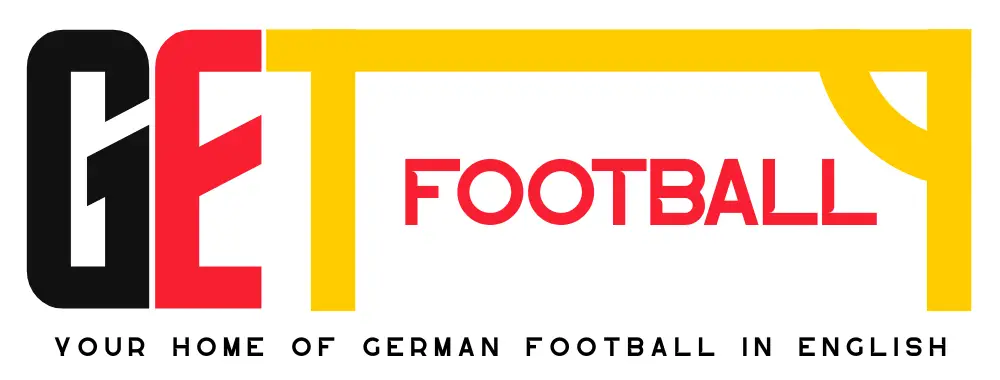The city of Karlsruhe sits on the Rhein-river, unevenly divided where much of the city sits on the southern side of it. While this must be seen as unorthodox behaviour by a city on a river, that has become the Karlsruhe identity. Because it is an unorthodox city and has always been an outsider, a minority among majorities, an outcast city, seen as the unworthy winner of the battle for power. For while Stuttgart and Freiburg always have been bigger, Karlsruhe has Baden’s castle and parliament. This rather small city, by German standards, has become the major hub for everything governmental in Baden-Württemberg. It’s very unorthodox and quite strange.
As a historian, I’m always interested in the deterministic passing of time and how one small action 500 years ago has changed the world and even moulded the world into what we know as reality. Karlsruhe’s history was therefore a main point of interest for me when I moved to Tübingen a few weeks back. Because Karlsruhe’s history as a city goes hand-in-hand with Karlsruher SC’s history. They are eerily similar.
Karlsruhe, formerly Carlsruhe, was founded as soon as 1715 by a German duke called Karl, or Charles in English. The name itself translates as “Charles’ place to rest”, or “Charles’ repose” and it’s been said that he built the Karlsruher castle to find some space and calm from his calamity of a wife. At the time, Karlsruhe was a part of the smaller principality of Baden-Durlach and Karlsruhe quickly became the biggest city in this small part of the Habsburgian Germany. Then, when Baden was united into one in 1771, Karlsruhe acted as capital. In the following years, many famous personalities visited this magnificent castle.
Among these, Thomas Jefferson and the Swedish exiled king Gustav IV Adolf who was overthrown due to his ignorance and imbecile nature, attributes that have become legend in Sweden. Karlsruhe attracted great minds and great personalities and was a hub for knowledge for a brief period. However, this would soon change. In 1945 Karlruhe was replaced by Stuttgart as the capital of newly formed Baden-Württemberg and the city hasn’t been the same since. For it has lost its royal glow. Its once so magnificent quarters have been replaced by concrete and the grey spreads like wildfire though this once so green city.
The football team Karlsruher Sport Club has had a similar story. Formed as early as 1894, one year after arch-rivals VfB Stuttgart, the football club has always been a mainstay in the Bundesliga and even at the top of the table. KSC have had their ups and their downs, but their magnificent stature as the pride of the city has stood the test of time. While Stuttgart have historically been the more successful in the area, especially in the last 25 years, KSC have had their fair share of success as well. They have, just like the city of Karlsruhe, outshined Stuttgart on multiple occasions.
1909. It’s been a while. Karlsruhe’s last domestic league title came the same year Borussia Dortmund was formed. Karlsruhe was then called Phönix Karlsruhe and were very successful in the pre-War era. They’ve finished runner-up as well, in 1956. Other remarkable titles are the UEFA Intertoto Cup in 1996 and the DFB-Pokal in 1955 and 1956. They’ve also won the 2. Bundesliga twice and the 3. Liga once. Karlsruher do have some title wins, even though their cabinet must be extremely dusty by now. Their strength hasn’t been their titles, but their status as Bundesliga regulars. A status that has now been lost.
Karlsruhe played the UEFA Cup for a few years, but now find themselves grinding out results at home against Hansa Rostock, another team that has taken a heavy fall from grace. How has this happened? And where are they now as a club? Is there a way back for them?
It’s the same with many other big German football clubs. They’ve just fallen behind. Times are a-changing and these old clubs just can’t keep up with the modernisation of football. Football is more technical, more tactical and more financially consuming than it has ever been. For clubs just below the top, this change can take its toll. While some clubs have handled this quite well (FC Nürnberg or even Eintracht Frankfurt), some clubs can not keep up. Karlsruhe is one of these, Kaiserslautern is another. Clubs that once were mainstays in the top tier, maybe even regular champions even, but that have now fallen into near oblivion. The reason to this is simpler to explain than one can assume.
History and tradition has become a ghost. These clubs are haunted by their own glory days, remembering them to forget the horrible now. It’s a way of escaping the many troubles of modern football, but it’s also a way to escape reality. Clubs like these fall behind because they are stuck in a dream world where sweeper keepers and pressing doesn’t exist. They are stuck in a drug-infused hallucination where clubs don’t need modern facilities and where Wildparkstadion is actually a modern arena. But Wildparkstadion is not in any way a modern stadium. It’s a mere dusty jewel in a grey concrete-dominated capital of nothing. It is beautiful and intimidating and I can imagine it being a real dread to play at once upon a time. But that time is over.
Now, it might sound like Karlsruhe is a modern interpretation of hell. It really isn’t. The walk from the city centre to the stadium is a magnificent walk. You pass a great square where fans gather pre-game. You then see a glimpse of the fantastic castle, built by a tired man to escape his wife. After that you turn right, pass a part of the KIT Campus (KIT is the Karlsruher Institute of Technology) and walk about a kilometre in a very varied park with different parts of history colliding. There are leftovers from the second world war as well as relics from Charles’ own age in that grand park. And then, suddenly, you see the stadium. It lights up the rather lengthy, albeit not at all irksome walk, just like Volksparkstadion does in Hamburg, and as you slowly approach it you can hear the fans. The stadium itself is charming, but old. A dusty jewel, in desperate need of grinding. You enter and suddenly understand why the stadium once was a terrifying sight to behold. It’s much bigger than you could’ve imagined, perhaps older than you had realized, but the acoustics are brilliant. A monument of old constructional wisdom, sadly stuck in the wrong time and age.
However, the stadium is as good of a monument as any of the downfall of Karlsruhe. While many other clubs have upgraded with less funds, Karlsruhe have preferred to keep their old stadium intact. These last two years have been the first-time we’ve ever heard of them rebuilding the stadium, which now seems to be in the pipeline. The stadium acts as a constant reminder of those good old days when they were European aspirants, a successful era that haunts the club in its steady, but slow walk forward. So what? Is there a way forward for this backwards club? Is there a place for a renewed KSC in the future Bundesliga’s?
Without a doubt. KSC are on their way up again. The stadium might be old and their facilities might not be up to standard, but this season has been a healthy reminder for them. They’ve struggled quite a bit in 3. Liga, now finding themselves in fourth, level on points with third placed Wehen Wiesbaden, but trailing on goal difference. But for a while, it looked like their tactical negligence would send them down another tier.
Since Alois Schwartz took over, it has indeed looked better and now the entire club seems to be on the up. People have begun to turn up to games again, the fans look happier than before and the club seems to be more financially stabile than it was back in 2. Bundesliga. This might be down to decreased salaries more than anything else, but the club seems to be feeling better again, which is good to see. As I mentioned before, KSC are also planning to build a new stadium that will hopefully be finished in 2022 at the latest. This new stadium will hold 30.000 and should be sold out for the first few years, as most new stadiums tend to be in Germany. This increase in revenue should provide the club with a much more financially stabile foundation to build upon, thus resulting in a better club. I would not be surprised if we consider Karlsruhe as a mainstay in Bundesliga by 2025. They’ve got what it takes to turn things around.
Karlsruhe has lost its place among the stars. The city has become a hollow version of its own magnificent self, but if you look hard enough you will find some architectural brilliance still. Karlsruher SC is the same. They’re not what they used to be, but there is still something there. And you need to look for it, maybe even visit the city and the club itself to be able to see it. It’s in their identity, the Karlsruher identity. They will always be outcasts in Baden, will probably never conquer the footballing hearts of Stuttgardia and Bad Cannstatt. They will never be the most successful club in Baden-Württemberg and their name will most probably never fly all over the world. But they will always have their castle, they will always have their history and they will always have their fanbase.
By Axel Falk.










